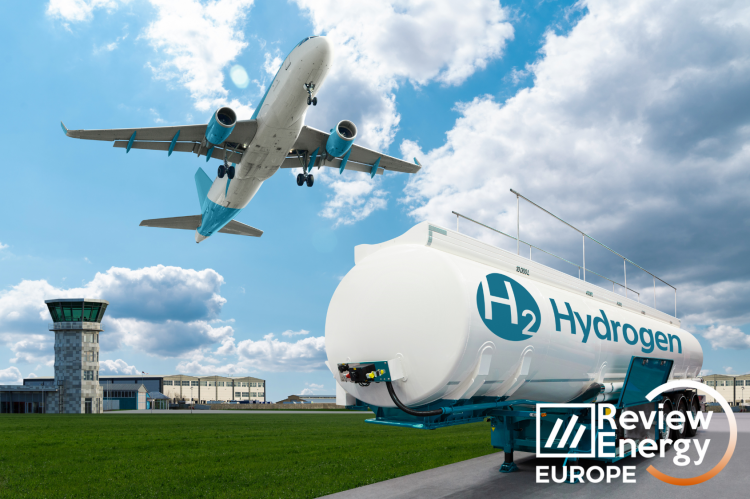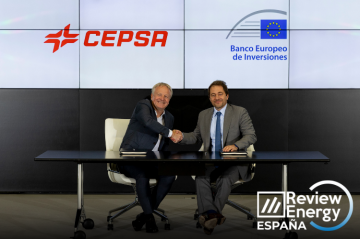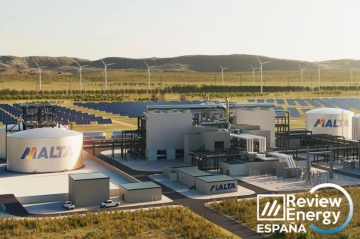
Unlocking hydrogen potential for Europe's energy transition
The Q2 edition of the Hydrogen Europe Quarterly magazine examines the diverse hydrogen production pathways vital for decarbonisation and European competitiveness. Growing a new industry from scratch necessitates real-time adaptation to market signals and R&D breakthroughs. This has allowed for consideration and promotion of new hydrogen production methods contributing to climate goals.
Accelerating decarbonisation
With a 2050 net-zero target, most activities can be electrified using renewable energy and battery storage. Over the past decade, Europe has positioned itself to produce hydrogen and its derivatives for hard-to-abate sectors and to support electrification in selected sectors for system resilience. Renewable hydrogen, known for its green credentials, has received significant attention. However, within electrolysis, various technologies like Proton Exchange Membrane (PEM), alkaline, and Solid Oxide (SOX) continue to see improvements from European innovators.
Each electrolysis technology offers unique advantages and use cases, but renewable hydrogen alone won’t suffice in the short term. The variety of hydrogen production methods presents opportunities, especially given the urgency of decarbonisation. ‘Blue’ hydrogen, produced using natural gas and carbon capture and storage (CCS) technology, is seen as a transition fuel. Despite varying capture rates affecting greenhouse gas emissions, ensuring that alternative pathways are truly low carbon is crucial.
Low carbon hydrogen delegated act
The low carbon hydrogen delegated act (LCH DA) will define the permissible CO2 emissions for production methods to be considered “low carbon”, enabling them to receive funding and expedited permitting. Once defined, various non-renewable processes with decarbonisation potential, such as nuclear hydrogen and pyrolysis, can be explored. Nuclear hydrogen, viable for countries like France with ample nuclear capacity, and pyrolysis, producing hydrogen from natural gas with solid carbon by-products, demonstrate potential. Pyrolysis, nearing maturity for scaling, can significantly contribute to the hydrogen supply chain.
Waste-to-hydrogen is another promising method. Grabel’s BtX Energy shifted focus from gasification and biofuels to waste-to-hydrogen, producing hydrogen via syngas and biomass. This method, certified for hydrogen of biogenic origin, leverages abundant waste, removing it from the environment and producing zero-emission fuel. Grabel stressed the potential of local hydrogen production from bio-waste, citing significant capacity from animal waste in Germany. Waste-to-hydrogen and pyrolysis technologies, ready or nearly ready, need support akin to that for renewable hydrogen to contribute to decarbonisation and hydrogen market expansion.
Enhancing European competitiveness
Focusing on competitiveness and resilience within the Net Zero framework will drive the energy transition, strengthen the hydrogen market, and create a resilient energy system. Innovation in the private sector and supportive legislation can keep prices low, improve supply chains, stimulate clean technology investments, and enhance infrastructure. Learning from past experiences with solar photovoltaics, Europe aims to avoid repeating mistakes and ensure a coherent strategy.
European industrial policy
A comprehensive European industrial policy is key to improving competitiveness, particularly in hydrogen and clean technology. The European Commission's Green Deal Industrial Plan aims to secure Europe's position in industrial innovation and clean tech through a simplified regulatory environment, faster funding access, skill enhancement, and open trade for resilient supply chains. However, industry leaders note a gap between ambition and implementation.
The Antwerp Declaration for a European Industrial Deal, supported by over 1,220 signatories, calls for complementing the Green Deal to retain high-quality jobs in Europe. Outgoing Belgian PM Alexander De Croo emphasized the need for industrial innovation to address climate solutions, advocating for Europe to remain a hub of industrial production.
A unified European approach
The EU’s single market, despite its shortcomings, provides a foundation for addressing challenges. Enrico Letta's report to the European Council emphasizes empowering SMEs, investing in necessary infrastructure, and ensuring no member states are left behind. Competing on price alone is unwise; non-price criteria focused on decarbonisation and social components will ensure European companies remain competitive.
Financing innovation
A robust financial sector is essential for supporting innovation and bridging the price gap. A Green Capital Markets Union (CMU), as proposed by European Central Bank president Christine Lagarde and Hydrogen Europe’s CEO Jorgo Chatzimarkakis, could unlock substantial financing for clean tech. With Europe's reliance on the banking sector, strengthening capital markets could provide billions for the clean tech industry.
A strong European market, backed by an effective industrial deal, can accelerate project timelines, build supply chains, and secure Europe’s future as a global leader in clean technology.








Comentarios
Sé el primero en comentar...